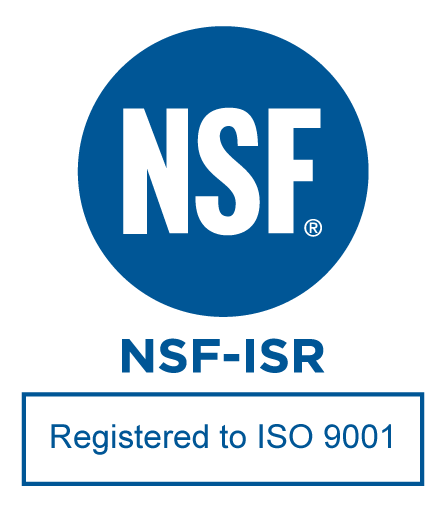What to Look for When Selecting Your Compact Air Cylinder

The compact air cylinder is a critical component for a wide range of short stroke applications—with many styles, sizes and mounting options to choose from. Because of their popularity, there are many seemingly similar products competing for your attention.
And that can be a problem. When cylinders have similar features, including the same dimensions, how do you choose the best one for your application? The answer is you evaluate potential cylinders in terms of the following key factors:
- Style and configuration. The first thing you should do when looking for a compact air cylinder is to decide on what style and configuration best suits your application. Compact cylinders are available in a range of shapes, typically square body for metric manufacturers and round for those predominantly inch. They can be double acting, ideal for pushing and pulling tasks, or single acting for when you need force in only one direction or have unloaded return strokes. Single rod configurations are typically standard, but there are also hollow-rod options, for blow off applications, as well as double rod configurations, for when equal displacement is needed on both sides of the piston.
- Size requirements. Due to their use in tight or limited spaces, there is no room for error when it comes to the size of your compact air cylinder. For most pneumatic applications, there are standard bore sizes for compact actuators between 0.5 inches and 4 inches, typically with a maximum stroke of 4 inches.
- Materials and internal design features. When evaluating a compact air cylinder, take a look at what is inside. Some manufacturers make design choices focused on lowering costs, but ultimately negatively impact the cylinders performance. For instance, many cylinders integrate stainless steel cylinder walls which are subject to dinging or use mirror-finish bores which makes lubrication difficult. In contrast, compact cylinders that use a composite cylinder barrel result in a smooth, self-lubricating interior surface for long lasting performance.
- Bearings. The better the bearing, the longer lasting the cylinder. When selecting the right compact air cylinder, look for superior rod-bearing materials. It’s best to avoid bearings that may result in a lower load capacity. For example, many cylinders on the market use oil-impregnated bronze bushings that have a tendency to pull out under side loads. The best bearings are bearings that can increase your load capacity, such as composite bearings that enhance load capacity while also being resistant to high temperatures and corrosion.
While compact air cylinders are ideal for certain applications due to their compact size, you don’t want to make a mistake by choosing the wrong material or style for your project. To learn more about choosing the best compact air cylinder for you, download our white paper here.

